Unveiling the Roof Shapes That Define Structures
Introduction
Importance of Roof Shapes in Architectural Design

The roof of a building is more than just a protective shell; it’s a defining element that shapes the structure’s aesthetics, functionality, and even its response to the environment. Roof shapes, throughout architectural history, have served a multitude of purposes. From the pitched roofs of traditional homes, designed to shed rain and snow, to the modern flat roofs that provide space for rooftop gardens or solar panels, the form of the roof plays a crucial role.
Overview of Different Roof Styles
Architects have a diverse palette of roof styles at their disposal, each with its own advantages and characteristics. Here’s a glimpse into some popular choices:
The Gabled Roofs are the classic triangular roofs with two sloping sides that meet at a ridge. Their simplicity and efficiency in shedding precipitation make them a popular choice for homes in areas with moderate to heavy rainfall.
The Pitched Roofs is a broader term encompassing any roof with an incline, including gables. The pitch, or angle of the slope, can be adjusted to optimize drainage and accommodate different weather conditions. Steeper pitches are ideal for areas with heavy snowfall, while shallower pitches might be used in drier climates.
The Flat Roofs are often seen in contemporary buildings, flat roofs offer a clean and minimalist aesthetic. However, they require careful construction techniques to ensure proper drainage and prevent water pooling.
The Hyperbolic Roofs are futuristic-looking roofs utilize a curved double sheet design, creating a visually striking form. Often used for large open spaces like airport terminals or sports arenas, they offer excellent strength and can shed water and snow very effectively. Additionally, hyperbolic roofs incorporate straight members in their construction, making them surprisingly efficient to build.
By understanding the strengths and applications of these various roof styles, architects can design structures that are not only aesthetically pleasing but also well-suited to their environment and purpose.
Exploring Traditional Roof Styles
Now that we’ve established the importance of roof shapes, let’s delve deeper into some classic styles that have shaped architecture for centuries.
Overview of Different Roof Styles
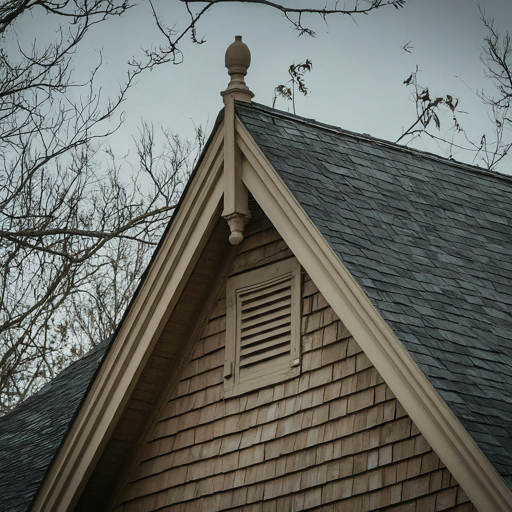
- Definition and Characteristics: The quintessential gabled roof features two symmetrical sloping sides that meet at a ridge. This simple design offers excellent drainage, making it ideal for areas with moderate to heavy rainfall. Gable roofs are incredibly versatile and can be constructed with various materials like metal roofs, which offer durability and low maintenance, asphalt shingles, known for their affordability and ease of installation, clay or concrete roofs or tiles roofs, providing a classic and elegant appearance, wood roofs, offering a natural and rustic charm, or even solar shingles, combining roofing functionality with renewable energy generation.
- Historical Significance: Gabled roofs have a long and rich history, appearing in ancient civilizations like Mesopotamia and Egypt. Their effectiveness in shedding rain and snow ensured the longevity of structures. Throughout architectural styles, from Gothic cathedrals to Colonial farmhouses, the gabled roof has remained a popular choice for its practicality and aesthetics.
- Examples of Structures with Gabled Roofs: From the iconic A-frame cabin to the grand Victorian house, gabled roofs grace a vast array of structures. They are a defining feature of English cottages, Dutch gambrel houses, and even some barns.
Pitched Roofs
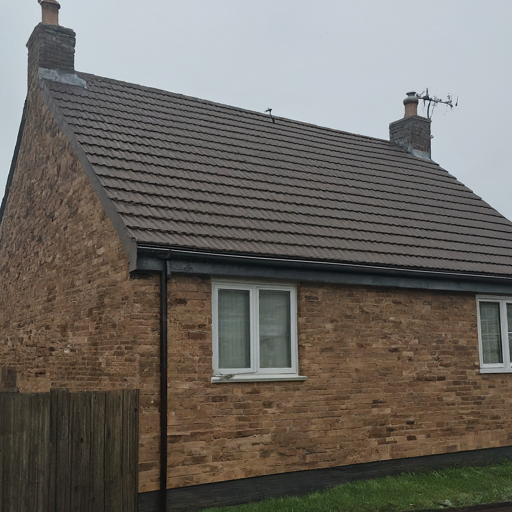
- Understanding Pitched Roof Designs: Pitched roofs is a broader term encompassing any roof with an incline, including gables. The pitch, or angle of the slope, is crucial. Steeper pitches are ideal for areas with heavy snowfall, allowing it to slide off easily. Conversely, shallower pitches might be used in drier climates or for buildings with limited height restrictions.
- Advantages and Challenges: Pitched roofs offer excellent drainage, shed snow effectively, and provide ample attic space for storage or insulation. However, complex rooflines with multiple pitches can be more expensive to build and maintain compared to simpler designs.
- Notable Examples in Architecture: Pitched roofs transcend cultural boundaries. They are seen on traditional Japanese pagodas, Swiss chalets, and even some modern ranch-style homes. Gothic cathedrals often feature a complex interplay of pitched roofs, creating a sense of grandeur.
Flat Roofs
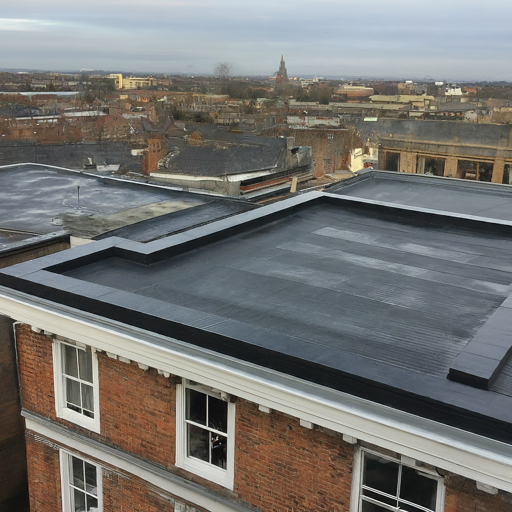
- Features and Functionality: Flat roofs offer a clean, modern aesthetic and can be utilized for additional space, such as rooftop gardens or solar panels. They typically have a slight incline for proper drainage and are constructed with membrane roofs, liquid roofing, or even green roofs with vegetation. Roof cover-boards provide a stable base for the waterproofing materials.
- Modern Applications: Flat roofs are a popular choice for contemporary buildings, including commercial structures, apartment complexes, and even some single-story homes. Rooftop gardens not only enhance aesthetics but also provide insulation and improve air quality in urban areas.
- Pros and Cons of Flat Roof Structures: Flat roofs are generally less expensive to construct than pitched roofs. However, they require meticulous maintenance to ensure proper drainage and prevent leaks. Flat roofs may also be less effective in shedding heavy snowfall compared to their pitched counterparts.
Hyperbolic Roofs
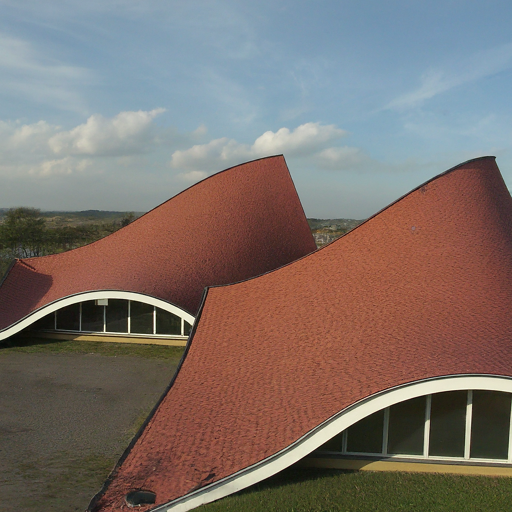
- Definition and Characteristics: Hyperbolic roofs, also known as hyperbolic paraboloid roofs, have a unique, saddle-shaped form created by intersecting curved surfaces. Metal Roofs or concrete roofs are common materials for these roofs, offering excellent strength and weather resistance.
- Historical Background: Hyperbolic roofs are a relatively modern invention, gaining popularity in the mid-20th century. Their innovative design allows for large open spaces with minimal support structures.
- Notable Examples in Architecture: Hyperbolic roofs are often used for large-scale structures like airport terminals (think: Dulles International Airport) and sports arenas (think: Montreal’s Olympic Stadium). Their ability to span vast distances without interior columns makes them ideal for these applications.
Underlying Considerations for All Roofs
While the focus has been on specific styles, all roofs share essential components that contribute to their functionality and longevity. These include:
- Roof Insulation: Proper insulation helps regulate building temperature and reduces energy costs.
- Roof Waterproofing: A waterproof barrier is vital to prevent water leaks and protect the building’s interior.
- Roof Ice & Water Shield (For Pitched Roofs): This specialized underlayment protects against ice dams and helps prevent leaks near eaves
Factors Influencing Roof Design Choices
Climate Considerations
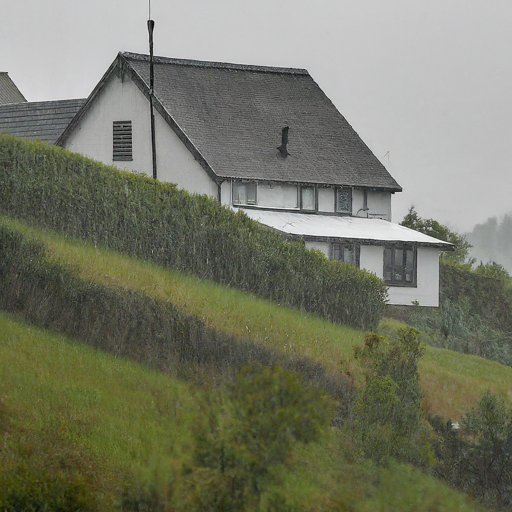
- Impact of Climate on Roof Shape Selection: Climate plays a pivotal role in roof design. In areas with heavy rainfall or snowfall, pitched roofs with steeper slopes are ideal for efficient drainage and preventing weight accumulation. Conversely, flat roofs might be suitable for drier climates, but require a slight pitch and meticulous waterproofing to avoid water pooling.
- Adaptation Strategies for Different Environments: Hyperbolic roofs, for instance, excel in مناطions with heavy snowfall due to their ability to shed snow effectively. Metal roofs are a popular choice in regions prone to wildfires due to their fire-resistant properties.
Architectural Aesthetics
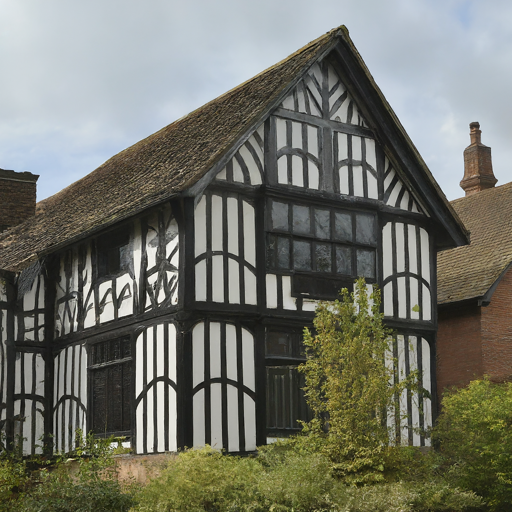
- Role of Roof Shapes in Building Appearance: Roof shapes significantly influence a building’s overall aesthetic. Gabled roofs lend a classic and traditional look, while flat roofs offer a modern and minimalist feel. The choice of roof style can complement the architectural style of the building, be it a Gothic cathedral with its soaring pitched roofs or a ranch-style home with its simple gabled rooflines.
- Harmonizing Roof Design with Overall Architecture: A well-designed roof complements the building’s architectural style. For example, a Tudor house wouldn’t look complete without its characteristic steeply pitched roofs with exposed half-timbering. Conversely, a contemporary building with clean lines might feature a flat roof or a low-pitched shed roof for a cohesive look.
Structural Integrity and Functionality
- Engineering Considerations in Roof Design: Structural integrity is paramount. The chosen roof style must be able to withstand the weight of roofing materials, insulation, and potential weather loads like snow or wind. Engineers consider factors like roof span and building materials to ensure the roof can support its own weight and external pressures.
- Practicality and Maintenance Requirements: Beyond aesthetics, maintenance considerations are crucial. Pitched roofs are generally easier to access and maintain compared to flat roofs. Metal roofs are known for their low-maintenance needs, while wood roofs may require periodic re-shingling. Ultimately, the chosen roof style should balance functionality and ease of maintenance.
Conclusion
Recap of Key Points
Throughout this exploration, we’ve delved into the fascinating world of roof design. We’ve seen how roof shapes are not merely functional elements but significant contributors to a building’s aesthetics, functionality, and response to its environment. From the classic appeal of gabled roofs to the modern innovation of hyperbolic roofs, each style offers unique advantages and considerations.
Emphasizing the Role of Roof Styles in Architecture
The roof is more than just a cover; it’s the crowning element that speaks volumes about a structure. Roof design choices are influenced by a multitude of factors, from climate and structural integrity to architectural style. Understanding these factors empowers architects to create buildings that are not only functional but also visually striking and well-suited to their surroundings.
By selecting the right roof style, architects can create a harmonious balance between form and function. Roof shapes can tell a story, reflecting the cultural influences, technological advancements, and even the environmental considerations of a particular era. From the simple elegance of a gabled roof on a farmhouse to the futuristic grandeur of a hyperbolic roof on an airport terminal, roof design leaves a lasting impression and shapes the built environment around us.
